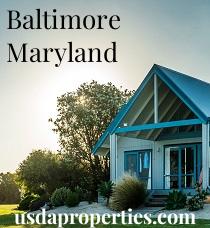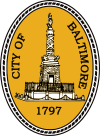Interested in fun facts and the history of Baltimore, MD?
Then read on!
Baltimore, Maryland was founded in 1729 and named after Lord Baltimore, the proprietor of the Maryland Colony. The city played an important role in the American Revolution, serving as a major center for shipping and trade in the mid-Atlantic region.
During the War of 1812, Baltimore was the site of a pivotal battle when British forces attempted to capture the city in September 1814. American forces successfully defended the city, including the bombardment of Fort McHenry, which inspired Francis Scott Key to write "The Star-Spangled Banner."
In the mid-19th century, Baltimore became a major center for manufacturing, with industries such as garment-making, canning, and steel production. The city was also a hub for transportation, with access to railroads and waterways that connected it to other major cities in the region.
Throughout the 20th century, Baltimore faced various challenges including declining population, racial tensions, and economic struggles. However, the city has worked to revitalize its downtown and waterfront areas, and has become a destination for arts, culture, and tourism. Today, Baltimore is home to a diverse population and is known for its historic landmarks, vibrant neighborhoods, and rich cultural heritage.

